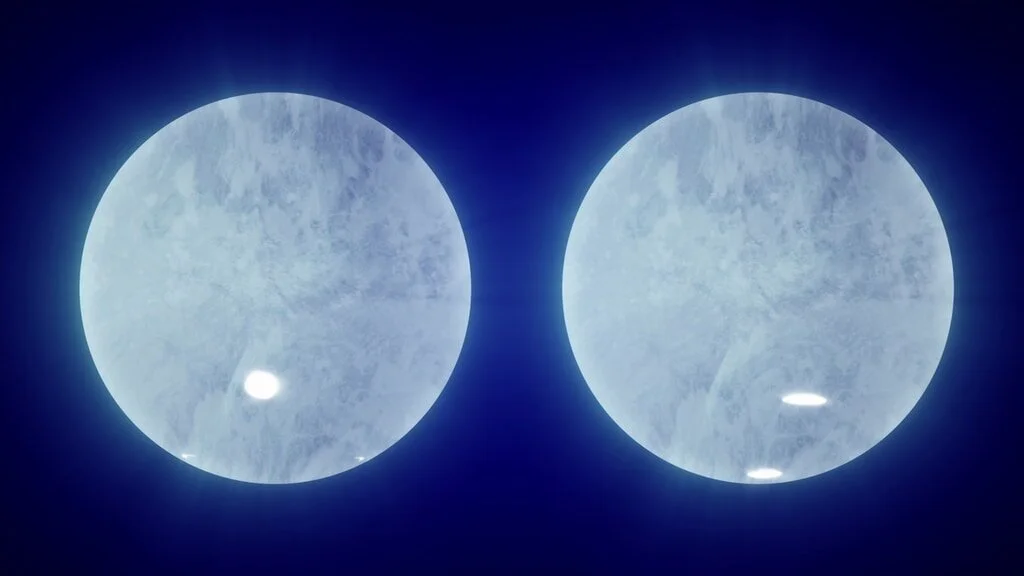Experiment to 'tease out' new aspects of flame propagation
/Astronauts aboard the International Space Station are observing the behavior of flames in differently-shaped confined spaces in the unique microgravity environment of the orbiting outpost.
Read More











